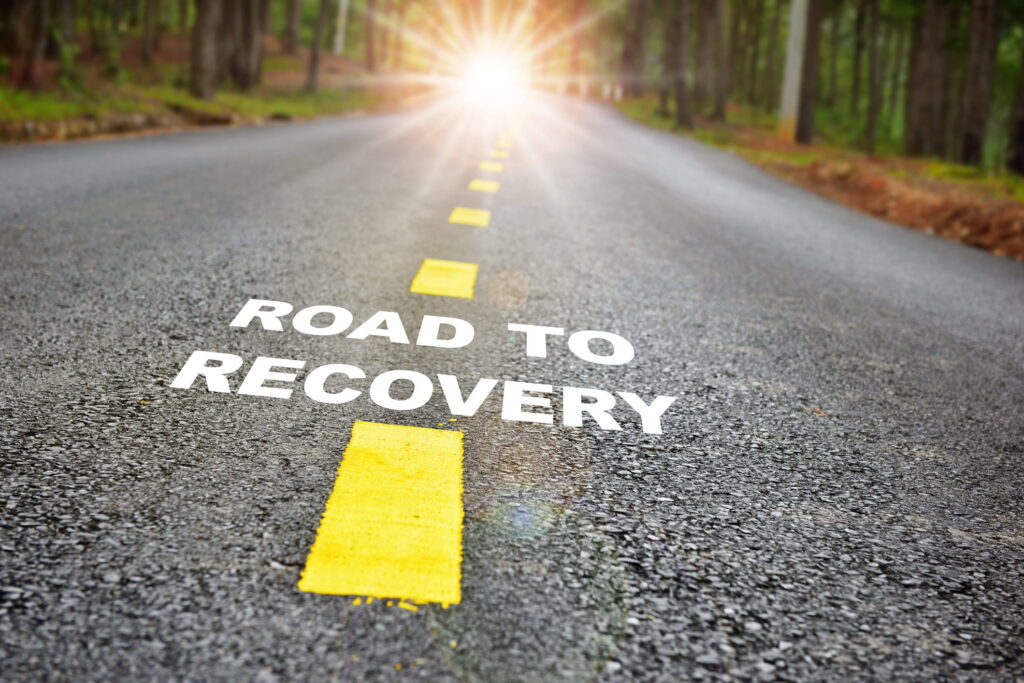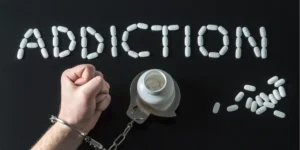Stages of Drug Rehabilitation and Recovery

Understanding the Stages of Drug Rehabilitation is essential for anyone beginning the journey to recovery. Each stage plays a vital role in helping individuals overcome addiction, build resilience, and reintegrate into society with a healthy mindset. A well-structured program outlines these stages clearly, ensuring patients know what to expect and how to prepare mentally and emotionally. The Stages of Drug Rehabilitation serve as a roadmap, guiding patients step-by-step through detox, therapy, behavioural change, and long-term support.
At Prayas Sewa Samiti, one of the best rehabilitation centres in Dehradun, every individual is supported through these stages with compassion, clinical expertise, and personalised care. Here’s an in-depth look at what each stage involves and why they are all critical for sustainable recovery.
Stages of Drug Rehabilitation
Stage 1: Acknowledgement and Assessment
The first and most crucial among the Stages of Drug Rehabilitation is acknowledging the problem and seeking help. It begins with an initial consultation or intervention, where the person or their loved ones recognise the need for treatment. Once they enter a rehabilitation program, a thorough assessment is conducted to understand their physical health, mental condition, substance use history, and any co-occurring disorders.
This stage helps tailor the treatment approach to the individual, setting a solid foundation for the stages that follow in the Stages of Drug Rehabilitation.
Stage 2: Detoxification and Medical Stabilisation
One of the most physically demanding Stages of Drug Rehabilitation is detox. This stage focuses on eliminating toxic substances from the body. Medical supervision is crucial to manage withdrawal symptoms, which can be severe and potentially dangerous. Depending on the substance and the individual, detox may last from a few days to a couple of weeks.
The goal here is to safely transition the person to a drug-free state, preparing them for therapeutic work in later Stages of Drug Rehabilitation.
Stage 3: Intensive Therapeutic Treatment
Once detox is complete, patients move into structured therapy—one of the core Stages of Drug Rehabilitation. This includes individual counselling, group therapy, and sometimes family therapy. Therapeutic modalities such as Cognitive Behavioural Therapy (CBT), Dialectical Behavioural Therapy (DBT), and trauma-informed therapy are commonly used.
This phase focuses on identifying the root causes of addiction, emotional triggers, and maladaptive behaviours. It’s one of the longest Stages of Drug Rehabilitation and requires deep commitment from the patient.
Stage 4: Development of Coping Skills and Relapse Prevention
An often-overlooked but crucial step in the Stages of Drug Rehabilitation is teaching individuals how to cope with real-world challenges without turning to substances. In this phase, patients learn strategies to deal with stress, emotional pain, peer pressure, and high-risk situations.
Relapse prevention planning is central to this stage, empowering individuals to recognise warning signs early and use tools and support networks to stay sober. This practical learning cements the psychological work done in earlier Stages of Drug Rehabilitation.

Stage 5: Family Education and Reintegration Support
Involving family in the recovery process is a defining feature of effective Stages of Drug Rehabilitation. Families often need education about addiction and their role in the recovery process. This stage focuses on rebuilding trust, improving communication, and establishing healthy boundaries.
Additionally, this is when patients begin transitioning back into their everyday environments. Support is provided to manage stressors and responsibilities without relapse, making this one of the most socially integrated Stages of Drug Rehabilitation.
Stage 6: Aftercare Planning and Continuing Support
Completing treatment does not mean recovery is over. The final Stages of Drug Rehabilitation include aftercare planning and long-term support. This may involve outpatient therapy, support groups like NA or AA, sober living environments, and follow-up sessions with therapists or counsellors.
The objective is to maintain the progress achieved during treatment and prevent setbacks. A successful aftercare plan makes this one of the most vital and enduring Stages of Drug Rehabilitation.
Stage 7: Personal Growth and Sustainable Recovery
While not always formally recognised, personal growth is the aspirational outcome of the Stages of Drug Rehabilitation. At this stage, individuals often pursue education, careers, meaningful relationships, and personal goals. They begin to redefine their identity beyond addiction and adopt a purpose-driven life.
Programs that support this stage typically offer vocational training, skill development workshops, and community reintegration programs. It’s a transformative phase that ensures long-term success.
What to Expect Emotionally and Physically
Each stage in the Stages of Drug Rehabilitation journey comes with unique emotional and physical experiences. Detox might bring discomfort and anxiety, while therapy can uncover painful memories. However, as patients progress, they often report increased clarity, emotional resilience, and improved physical health.
Understanding these experiences prepares individuals mentally, ensuring fewer surprises and greater readiness to embrace the changes recovery demands.

Why Structured Stages Matter
The success of a rehabilitation program hinges on a clear and progressive structure. The Stages of Drug Rehabilitation offer that structure, allowing individuals to track their progress and feel a sense of achievement with each milestone. It builds motivation and provides a sense of direction, both of which are essential for recovery.
Without defined stages, treatment can feel overwhelming or aimless. A structured approach—like the one followed at the best rehabilitation centre in Dehradun—ensures that every individual receives the right care at the right time.
Conclusion: Committing to Every Stage for Lasting Recovery
True healing doesn’t happen overnight. It unfolds gradually through the carefully designed Stages of Drug Rehabilitation. Each stage addresses a different aspect of addiction and recovery, from physical detox to emotional healing and reintegration.
At Prayas Sewa Samiti, clients are guided through each phase with care, expertise, and dignity. By committing to the entire process, individuals increase their chances of long-lasting sobriety and a fulfilling life. Whether you or a loved one is starting this journey, understanding the Stages of Drug Rehabilitation can make all the difference in achieving real and lasting change.